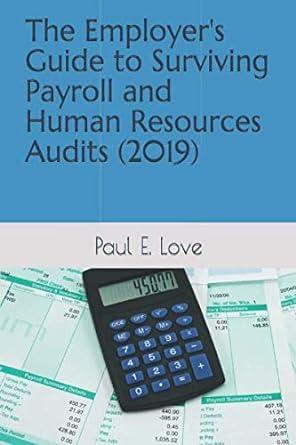Two bonds have the following terms: Bond A Principal $1,000 Coupon 8% Maturity 10 years Bond B Principal $1,000 Coupon 7.6% Maturity 10 years Bond
Two bonds have the following terms:
| Bond A | |
| Principal | $1,000 |
| Coupon | 8% |
| Maturity | 10 years |
| Bond B | |
| Principal | $1,000 |
| Coupon | 7.6% |
| Maturity | 10 years |
Bond B has an additional feature: It may be redeemed at par after five years (i.e., it has a put feature). Both bonds were initially sold for their face amounts (i.e., $1,000).
- If interest rates fall to 7 percent, what will be the price of each bond?
If interest rates rise to 9 percent, what will be the decline in the price of each bond from its initial price?
c) Given your answers to questions (a) and (b), what is the trade-off implied by the put option in bond B?
d) Bond B requires the investor to forgo $4 a year (i.e., $40 if the bond is in existence for ten years). If interest rates are 8 percent, what is the present value of this forgone interest? If the bond had lacked the put feature but had a coupon of 7.6 percent and a term to maturity of ten years, it would sell for $973.16 when interest rates were 8 percent. What, then, is the implied cost of the put option?
Please show how to calculate each step on Financial Calculator
Step by Step Solution
There are 3 Steps involved in it
Step: 1

See step-by-step solutions with expert insights and AI powered tools for academic success
Step: 2

Step: 3

Ace Your Homework with AI
Get the answers you need in no time with our AI-driven, step-by-step assistance
Get Started


